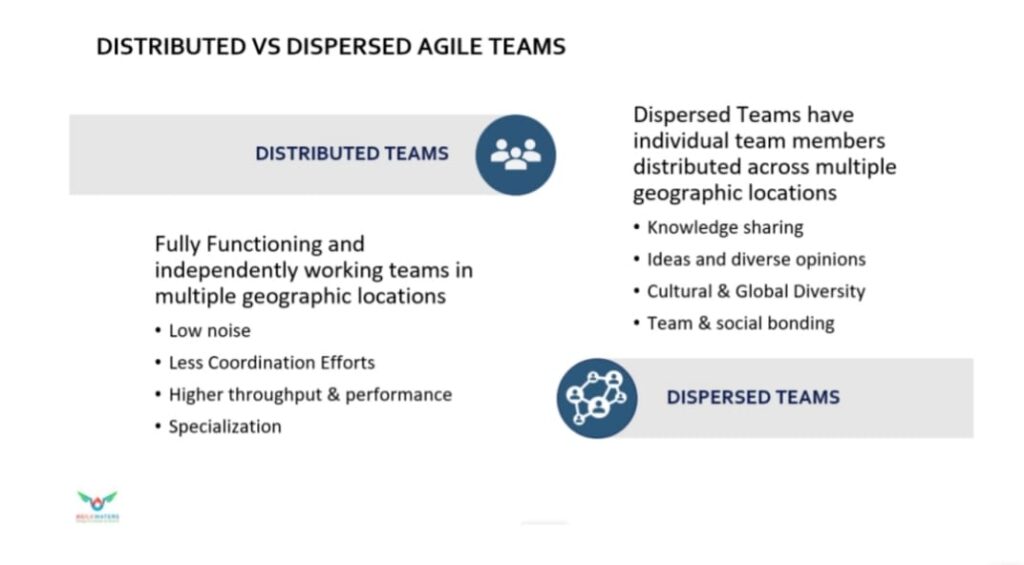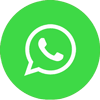
In this blog, we attempt to answer the below key questions related to forming scrum teams, the benefits of which still eludes many teams and organizations in an Agile setting.
• While transitioning or adopting Agile with Scrum, how do we form scrum teams ?
• Are there any team forming models available ?
• What factors to consider while forming Scrum teams from existing teams ?
• How do we re-assign roles to the newly formed Scrum teams ?
• Role of People’s Team (Human Resources or Org Development) in the new Agile team structure with Scrum
• Key Takeaways from this blog
First , let us understand what’s the basic definition of a scrum team as mentioned in Scrum guide. The guide which is co-authored by Scrum © founder Jeff Sutherland and Ken Schwaber, says that the fundamental unit of Scrum is a small team of people, which is simply called Scrum Team. The team has three primary roles – Scrum Master, Product Owner and Developers. It’s a cohesive unit of professionals who are working together to achieve the common goal – the product goal.
The Scrum guide further describes the team, roles and responsibilities in more detail, and we won’t cover those in this blog. Would expect the blog readers to read the Scrum guide and the respective section related to Scrum Team and the three scrum roles.
When an organization with an existing team setup decides to adopt or transition to Agile Scrum, then re-aligning its development teams along the lines of Scrum is one of the key priorities. Rather than going about dismantling the existing teams, the leaders have to carve out a transition plan , preferably in phases where the existing teams are dismantled and aligned with the new agile scrum team structures. This blog will cover only key aspects of forming teams from an existing setup. Creating Agile team structure as part of an overarching vision of creating an Agile organization is out of the scope of this blog, the topic is too large to fit in here.
Staffing Key Scrum Roles – Setting the Context
There are two keys to project success, regardless of the project management approach: doing the right thing, and doing the thing right. You must ‘do the right thing,’ or deliver the output that meets the customer’s needs. The business leaders, at whatever level, are responsible for identifying the ‘right thing,’ or the key deliverables that will enable the business to achieve its business goals. The ‘right thing’ can range from new features for an existing product that make it appealing to a larger customer base to automating an internal process that saves the business money. Doing the right thing is key, for regardless of how well you can execute, creating software that doesn’t satisfy the customer’s needs results in wasted time and money for no tangible benefit.
In Scrum, the Product Owner is responsible for ‘doing the right thing,’ while the Scrum Master is responsible for ensuring that Scrum team members ‘do the thing right.’ The separation and clear delineation of roles and responsibilities is a very powerful attribute of Scrum.
Team Formation Models
Distributed Vs Dispersed Teams

What is a Distributed Agile Team?
A distributed Agile Team is a Team that is spread across two or more geographic locations. Some of the team members can be far apart in a different time zone as well. Team lacks the physical proximity and often relies on modern digital communication technology and platform to bridge the time and distance gap. It’s important to adjust some of the team practices and right tools must be adopted for smooth functioning of the team and for the team to be successful.
Agile methodology and Distributed Teams do not necessarily go hand in hand. While Agile Manifesto says that the development teams must be collocated and work together throughout the development process. This is however not possible in a distributed environment. However, one must take comfort in the fact that yes, they can both co-exist. With the availability of modern digital communication tools and platforms, now it’s much easier and more convenient to collaborate across locations and even time zones.
In the example below , you can see Collocated teams at each site, for e.g., one team is at the headquarters (US, Europe, etc) and the offshore team is in India. These teams could be part of the same project split across multiple locations and sites.

Due to project needs and strategic needs, the collocated teams can give way to dispersed teams – to benefit from the cross-skills available at different locations.
Distributed Vs Dispersed Agile Teams
Below are some of the key differences between Distributed and Dispersed teams :

As you can infer from the above, both the team models, i.e., distributed vs. dispersed have their benefits as well as challenges. Team Leaders must ensure that teams have been provided with state-of-the-art communication tools and collaboration platforms that help overcome some of the barriers due to lack of collocation.
While forming new teams, leaders must encourage team members to pick up the key roles for their scrum team in a truly self-organizing manner. This will help them embark on the journey of self-organization and self-management right from the word Go. Where this is not possible due to non-availability of qualified people, then leaders must step in and help assign key members of the staff to these key roles.
Key Considerations while forming your first Agile Teams
Leaders must ensure that at the onset of their Agile transformation journey, they must give due attention to staffing the key roles for the newly formed scrum teams. These key roles are Scrum Master and Product Owner.
Blanket assignment of staff to a role (for e.g., all Project Managers -> Scrum Master) does not work well. Scrum Master role requires skill in facilitation , coaching and process guidance – therefore choose wisely who will be the Scrum Masters. Besides the key roles of SM and PO must embrace the Servant Leadership philosophy.
Some other key considerations are listed below :
• Line Managers feel they have become redundant – however they need to shift their focus to process and practice improvements.
• Organization Titles remain, but within Scrum team everyone is called a Developer.
• Communities Of Practice (CoP) are recommended for knowledge sharing, up-skilling and domain learning.
• For true Cross-Functional team setup, there has to be a nice balance between generalists and specialists.
• Leaders need to provide right kind of support and infrastructure for team’s collaborations.
Conclusion:
Leaders in an organization that is transitioning to Agile Ways of working must ensure that they have got right staff with the right attitude and skills for the key roles – Scrum Master and Product Owner. Agile way of working is an ongoing process of discovery and learning while building the product incrementally through inspect and adapt.
Also, to be noted that Agile is people-oriented approach (as per Agile Manifesto), so leaders must provide necessary support and create a more enabling environment for the teams to perform at their best and learn by way of continuous improvement. Forming right team structures go a long way in establishing an Agile organization with an Agile mindset.
I hope that you got some useful tips from this blog that might help you and your teams be successful with your agile adoption and transformation.
Wish You Good Luck By: Hiren Pandya @ AgileWaters








